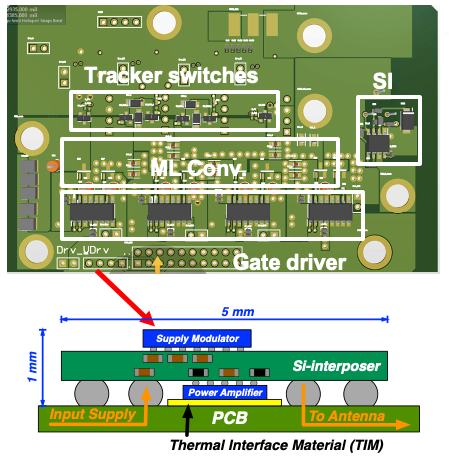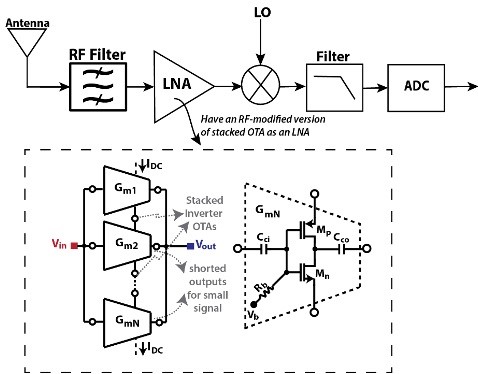PROJECT OVERVIEW
The research consists of the following five projects - High Efficiency Power Amplifiers and Transmitters for 5G and 6G Applications, Digital PLLs with Sub-100 fs jitter for Local Oscillator Frequency Synthesis, Powering and Communicating with the Internet-of-(Medical)-Things (IoMT), Low-Power mm-wave Circuits for Efficient Mobile Systems Beyond 5G and Directional Antennas using Phased-Arrays for 6G. The projects are separate but are related in that they will develop critical circuits for 5G and future-generation wireless applications. The projects are out-lined briefly in full overview (linked below) of Circuits and Techniques for 5G Mobile Communications and Beyond.




